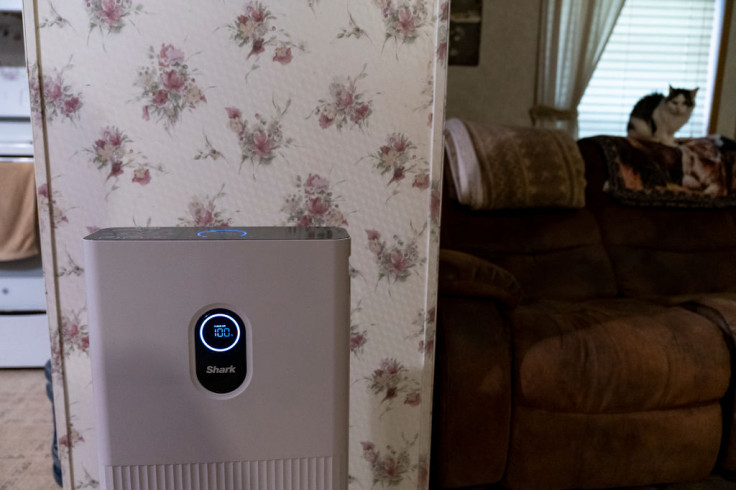
SEATTLE - Residents near the San Diego-Tijuana border continue to raise concerns over the distinctive, sewage-like smell that has plagued the region in recent months. Despite multiple efforts from local government to combat the issue, residents who live near the Tijuana River Valley say the sewage smell in the air is actually getting worse.
Jorge Saenz, an independent contractor who sells food items in the San Diego area, told Border Report that even though he has put up with the stink for 14 years, it has gotten harder to miss lately.
"My ex-neighbor moved for that reason, saying 'I can't stand it and it's not getting fixed.' This was about two years ago," Saenz told the outlet. On top of the stench, residents have reported chronic coughs, migraines and nausea, and say the symptoms go away when they go elsewhere.
In an attempt to combat the smell of raw sewage, San Diego County launched a pilot program that gave away air purifiers to residents near the border. Authorities allocated $100,000 to these devices in June as the issue escalated.
The air purifiers are intended to be a short-term solution, as pollution levels continue to be high. District authorities stepped up their efforts by issuing an air pollution violation to the U.S. International Boundary and Water Commission, which manages wastewater infrastructure in the Tijuana River Valley.
For Saenz, air purifiers are not enough to combat the outside smell. "It's a quick fix inside the house, but the problem is still outside, and I believe people are getting sick from it."
Rep. Nora Vargas shared a statement in which she defended the air purifiers program. "I brought forward this initiative to provide immediate relief to our families who have long endured the severe impacts of pollution," she said.
Vargas added that the purifiers represent an "ongoing effort to improve daily lives" of residents and assured she is committed to continuing these efforts to address the sewage crisis in the area. "I appreciate the community's patience and support as we move forward," she added.
Several beaches in San Diego have closed over the past months as sewage flowing from Tijuana continues to make waters unsafe for people. Tijuana Slough, Imperial Beach Shoreline, Silver Strand Shoreline and Coronado Shoreline are among the most affected areas.
The issue has extended for weeks and there are no signs it will ease in the near future. Just in June, more than 14.5 billion gallons of untreated raw sewage seeped into the shores from Mexico, according to the International Boundary and Water Commission.
Recent samples collected by researchers from San Diego State University's Water Innovation and Reuse Lab showed that pollution levels remain extremely high. The samples collected are tested in the lab for indicators such as E. coli, enterococcus, total dissolved nitrogen, and dissolved organic carbons.
Last week, The Latin Times reported of a $400 million contract awarded to remodel the International Wastewater Treatment Plant that treats incoming sewage from Tijuana in order to combat the stench.
The contract will include "essential rehabilitation of existing infrastructure and capacity expansion" that will double the current treatment capacity from 25 million gallons per day (MGD) to an average flow of 50 MGD, with a peak hydraulic flow capacity of 75 MGD.
Despite all the efforts made by San Diego officials, residents like Saenz will have to deal with the stench for about five more years, as that is how long the new project is expected to take before its completed.
© 2025 Latin Times. All rights reserved. Do not reproduce without permission.




